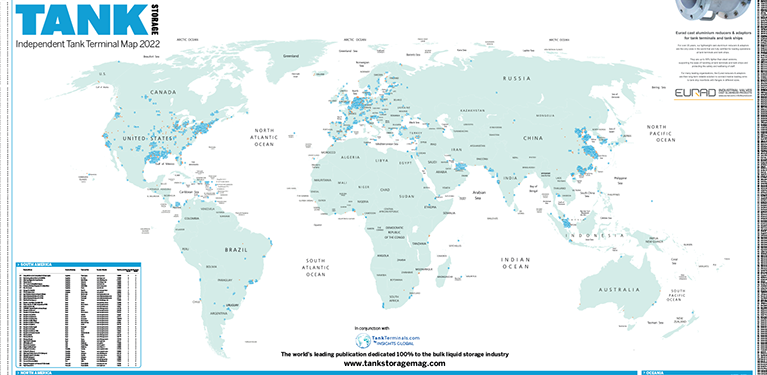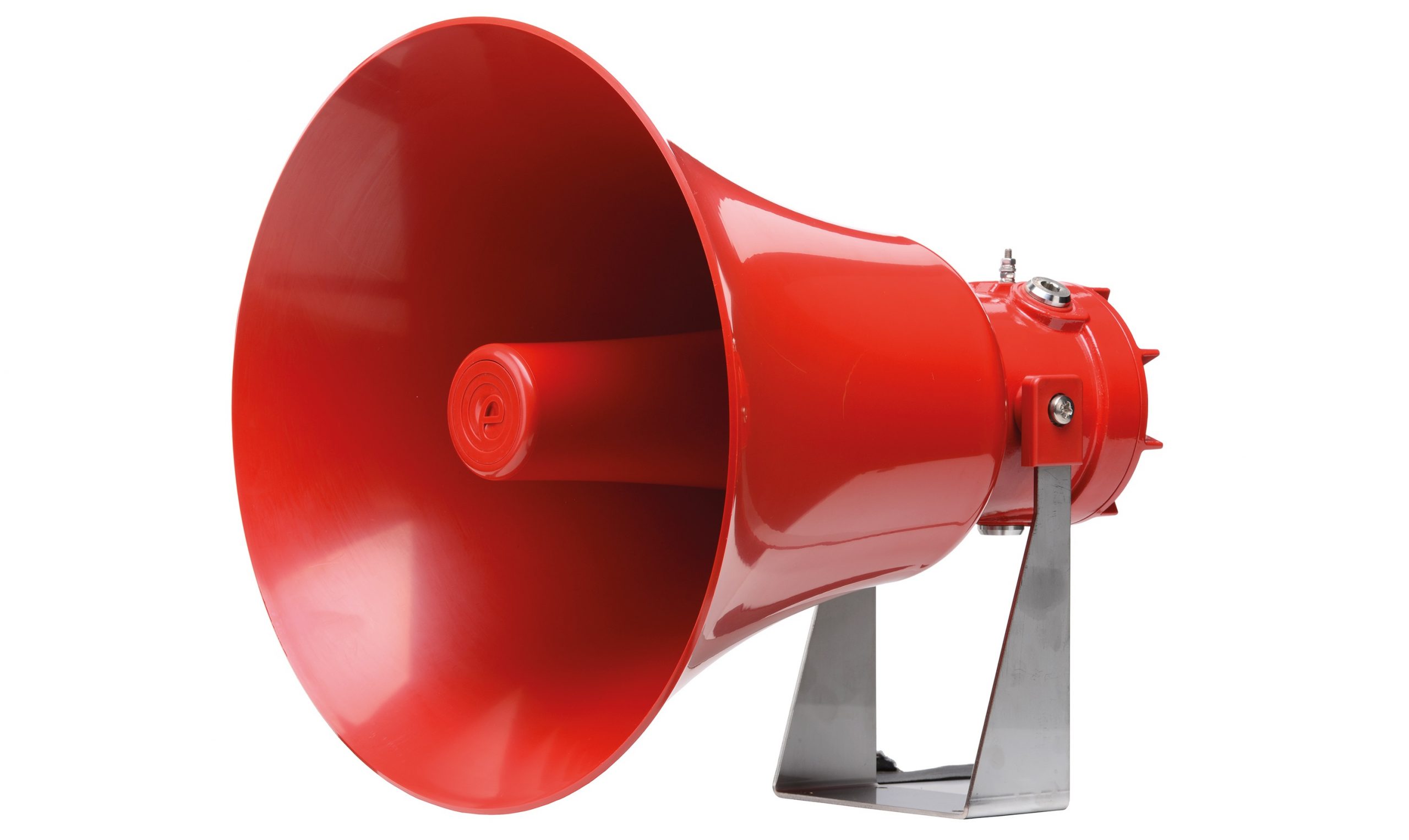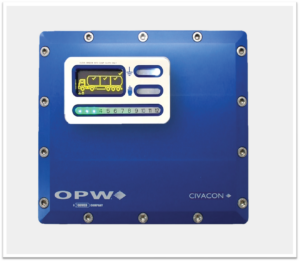UK-based signalling manufacturer E2S has introduced new versions and upgraded electronics for its hazardous area alarm sounders.
The glass-reinforced polymer (GRP), corrosion-resistant GNEx and the stainless steel STEx alarm sounder families from E2S now have new ultra-high output versions. In addition, all models in both families now feature upgraded electronics, which uses high efficiency Class D amplifier technology to deliver a higher sound output at lower current than the previous generation.
The new GNExS2H and STExS2H generate an industry-leading maximum sound output level of 127dB(A) at 1 m, offering a unique solution for harsh and hazardous environments with high ambient noise levels, or in quieter environments, generating an effective audible warning over larger areas.
The other main variants in the GNEx and STEx families are the GNExS1F and STExS1F short flare horn versions producing up to 115dB(A) SPL with a maximum current consumption of only 221 mA and the GNExS1R and STExS1R compact omnidirectional radial horn versions with a SPL of up to 113dB(A). The GNExS2F and STExS2F long flare versions now feature two user-selectable power modes, enabling a choice between the standard 120dB(A) SPL or the high output 123dB(A) SPL.
All versions feature 64 alarm tones and four alarm stages/channels that can be remotely activated via common positive or negative switching. New cabling configurations permit both reverse and standard polarity line monitoring across multiple alarm stages. All versions are now tropicalised, enabling them to be installed in up to 99% humidity, and all mounting brackets are now A4 316 stainless steel as standard.
The GNEx range is approved to IECEx, ATEX, Ex EAC and INMETRO for all Zone 1 applications and the STEx range is IECEx, ATEX, Ex EAC, INMETRO and DNV approved for Zone 1, 2, 21 and 22 applications.















